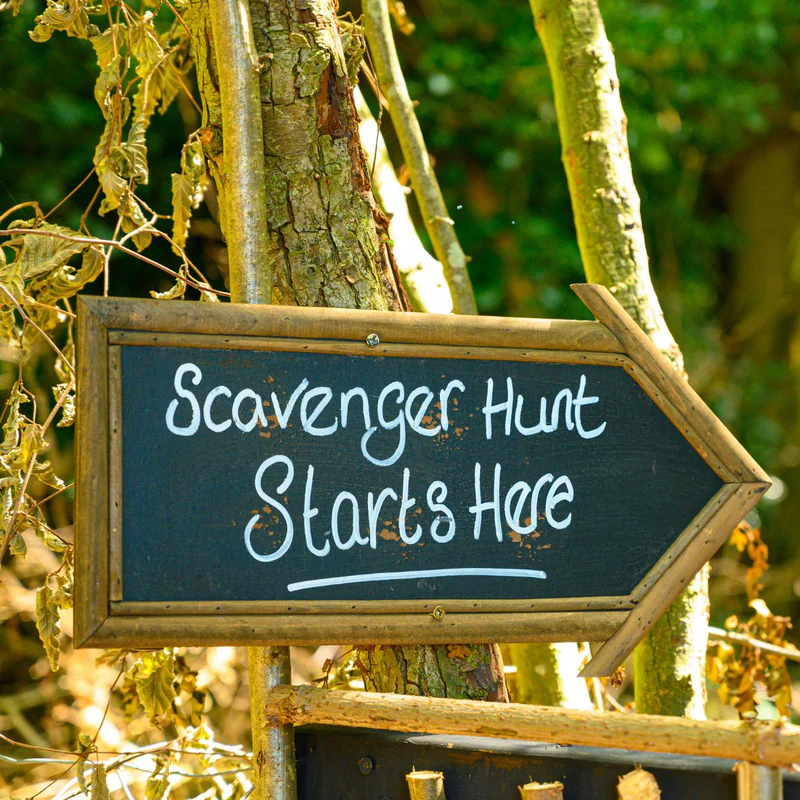
Alaskan Husky
Conditions of detention
Alaskan Huskies thrive in environments where they have ample space to run and exercise. They are not suited for apartment living due to their high energy levels and need for outdoor activity.
Useful Fact: They perform best in cooler climates, making them ideal for regions with cold winters.
Nutrition and diet
A balanced diet rich in high-quality protein is essential for Alaskan Huskies to maintain their energy levels and muscle mass. Their diet should cater to their high activity levels.
Useful Fact: During intense training or racing seasons, their caloric intake needs to be significantly increased to meet their energy demands.
Health
Alaskan Huskies are generally healthy but can be prone to certain genetic conditions, such as hip dysplasia and hypothyroidism. Regular veterinary check-ups are important.
Useful Fact: Regular exercise and a balanced diet can help maintain their overall health and prevent obesity.
Grooming and care
Alaskan Huskies have a dense double coat that requires regular brushing, especially during shedding seasons. This helps keep their coat healthy and reduces loose fur.
Useful Fact: They typically shed their undercoat twice a year, a process known as “blowing coat.”
Education and training
These dogs are intelligent and respond well to training, especially when it involves physical and mental challenges. Consistent, positive reinforcement techniques work best.
Useful Fact: Early socialization and obedience training are crucial for ensuring they are well-behaved and manageable.
Toys and entertainment
Alaskan Huskies enjoy activities that challenge them physically and mentally. Durable chew toys, fetch toys, and interactive puzzle toys are ideal.
Useful Fact: Regular exercise and engaging activities can help prevent boredom and destructive behaviors.
Safety
Ensure your home and yard are secure, as Alaskan Huskies are known for their escape artistry and curiosity. A secure, fenced yard is essential.
Useful Fact: They have a strong prey drive, so it’s important to supervise them around small animals.
Accessories
Essential accessories include a sturdy leash, collar, and identification tag. A comfortable bed and durable chew toys are also important.
Useful Fact: Given their strength and endurance, investing in a high-quality harness for walks and runs is beneficial.
Socialization
Early and ongoing socialization with different people, animals, and environments is vital for the Alaskan Husky to develop a balanced temperament.
Useful Fact: Puppy classes can be particularly beneficial in providing structured socialization and basic training.
Travel and Transportation
Alaskan Huskies can adapt to traveling if introduced gradually. Use a secure crate or harness for car travel to ensure their safety.
Useful Fact: Regular, short car rides can help them become comfortable with travel, reducing anxiety on longer trips.
Behavior and psychology
Alaskan Huskies are known for their intelligence, high energy levels, and strong work ethic. They need mental and physical stimulation to stay happy and balanced.
Useful Fact: Providing them with a job or purpose, such as pulling a sled or participating in agility training, can satisfy their natural instincts and prevent boredom.
Legal aspects
Familiarize yourself with local pet laws, including licensing, leash requirements, and breed-specific legislation, to ensure compliance and avoid legal issues.
Useful Fact: Many regions require dogs to be registered and microchipped, ensuring they can be identified if lost.


